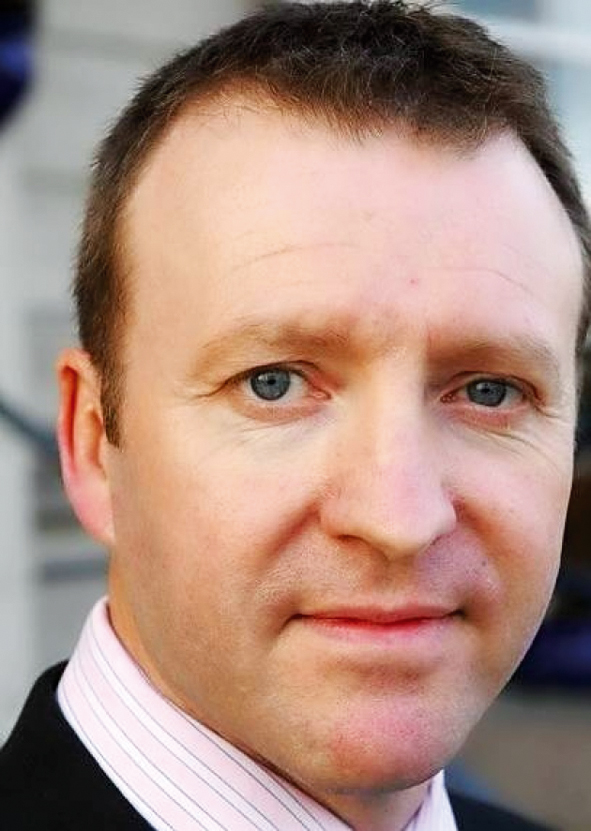Cutting costs without lowering standards
North Wales Police has introduced a technology-enabled policing model
that uses 15 per cent fewer staff without reducing quality of services.

North Wales Police has introduced a technology-enabled policing model that uses 15 per cent fewer staff without reducing quality of services.
Faced with the need to cut costs in line with the public sector spending review, North Wales Police (NWP) reviewed its business, restructured its policing by function (replacing its traditional geographical, territorial model) and has already achieved significant cost savings. This improvement has occurred with no reduction in service to the regions 676,000 residents, spread across an area of 6,300 square kilometres.
Chief Inspector Mark Owen was responsible for implementing NWPs new policing model and the technology that supports it, with Intergraph as its IT partner. Chief Insp Owen is a control room manager, and therefore has experienced the impact of the new regime on NWPs command and control environment. According to Chief Insp Owen, the IT improvements are working well.
In common with every other police force in England and Wales, we faced substantial budget cuts, Chief Insp Owen explained. We needed a way to save significant costs, while also maintaining effective and efficient service for our public.
NWP set out to achieve a 15 per cent reduction in staff by cutting 200 police officers and 100 support staff from the payroll over a two-year period. Using demand analysis, the force realigned its officers by reassigning them from quieter to busier areas, reduced NWPs estate from 25 police stations to nine response hubs and downsized an entire layer of superintendent-level middle management following the removal of NWPs geographically-organised, divisional silos, as Chief Insp Owen describes them. Our operating slogan is now one team, he said.
Under the new business model, some 500 police personnel now operate as response officers and are deployed to urgent 999 calls. A second function, neighbourhood policing, ensures that community needs are addressed, while a third function, investigation, comprises officers who handle crime inquiries and investigate incidents.
The downsizing of the force extends to NWPs control room, which is driven by Intergraphs I/CAD command and control system. Here, a reduction of 25 dispatchers and other command changes will realise £1 million of savings in the current financial year alone.
The changes were major Mark Owen says. The core software was the same, but its flexibility was tested to the limit. Geographical boundaries, officer and vehicle locations and call signs all had to change literally overnight.
In the run-up to the new regime, a complete shadow, background command and control system was built to help ensure a smooth changeover. All the new command parameters were put in place and the interfaces between I/CAD and NWPs records management system were tried and tested.
The changeover took place on the night of May 4, 2011: NWP went live with the remodelled command and control system at 5am, in readiness for the launch of the new policing regime two hours later. The changeover was almost seamless, said Chief Insp Owen.
Another challenge was to reduce the amount of control room talk time, given the smaller number of dispatch staff. Enhancements to the software on NWPs Airwave sets solved the problem by adding buttons that enabled officers to update their own statuses, send messages, and request callbacks from control using I/CAD.
Given the new structure, where talk groups are spread over a much wider, more costly Airwave area, these changes have also prevented a cost increase of some £100,000 a year, Chief Insp Owen added.
NWP has also increased the GPS polling rate from 15 to two minutes on its handheld sets, allowing the control room staff to make far more efficient deployment decisions by letting them see where officers and resources are at any time. The command and control system has recommend tools that automatically select the resource closest to a job, allowing an officer or v


